|
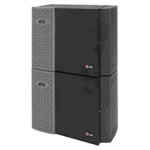 | The IPLDK series of hybrid telephony switches have been an industry standard for over a decade. From the IPLDK20 and IPLDK24 Nexer v3 for small offices and businesses to the IPLDK300 corporate model, they provide a communications solution for any application. The Key Service Unit is the core of the telephone system providing the core functionality and power for the cards and extensions. |
|
| |
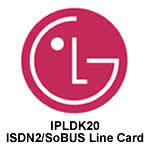 | IPLDK Trunk cards allow the addition of extra lines to an IPLDK system, whether Analogue, ISDN or SIP based. Some systems come pre-configured with built-in trunk cards so make installation and configuration of the system quicker and easier. It is also possible to get add-on cards to add Caller Line identity to the analogue trunks. |
|
|
|
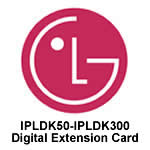 | IPLDK station cards provide additional extensions for an IPLDK system. These can be digital system handsets, analogue handsets, DECT cordless phones or IP hardphones. The full range of handsets and other components can be found in the section LG Universal handsets. |
|
| |
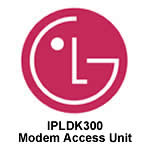 | These cards all allow a computer to access the IPLDK system for monitoring and management purposes. Cards are available that give a serial interface, a modem, a LAN port or even an ADSL broadband connection. These provide a number of different ways to control the IPLDK system. |
|
|
|
 | IPLDK expansion cards that provide Music on Hold, ring tone generation, or alarm line functionality. |
|
| |
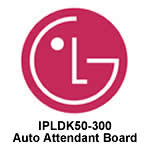 | IPLDK expansion cards that provide Voicemail and Auto-attendant capability. The Auto-attendant allows you to program menus inot your system for call handling, while Voicemail allows you to take calls even when you aren't at your phone. |
|
|
|
 | Interface cards that give an IPLDK system the ability to add base stations for LG system DECT handsets. Base stations and handsets for use with these cards can be found in the section LG Universal handsets. |
|
| |
 | Cabinets, Power supplies and mounting hardware for IPLDK systems. |
|
|
|
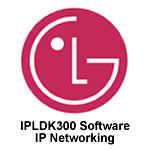 | Software and licencing for IPLDK systems, deployed on a system basis, such as TAPI and networking functions. |
|
| |
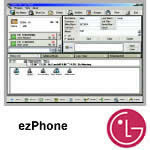 | Application software allowing improved call control and integration, deployed on a user basis. |
|
|









